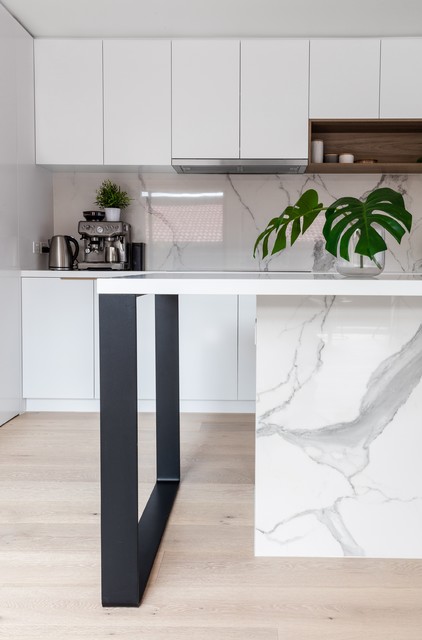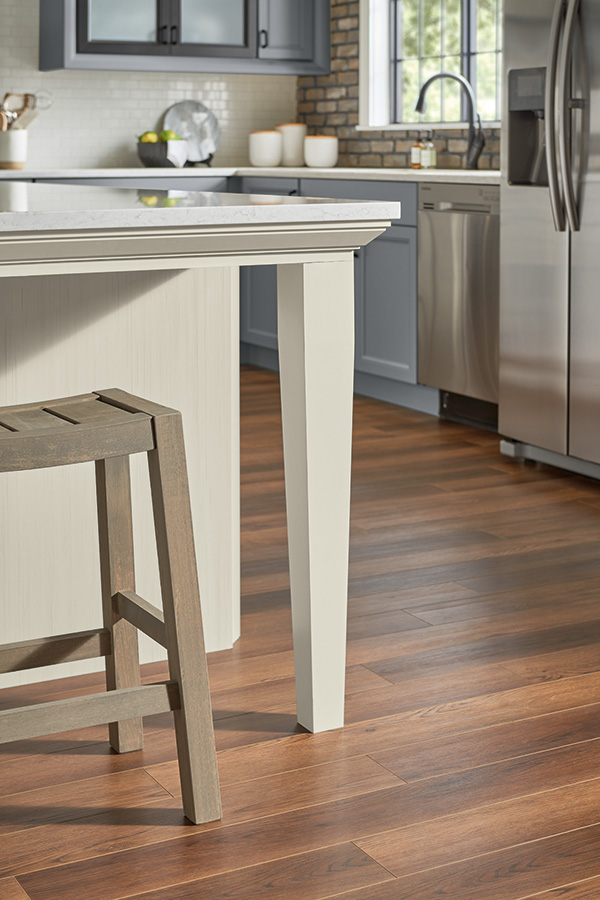How to Install a Kitchen Island Leg for Maximum Stability and Style
How to Install a Kitchen Island Leg for Maximum Stability and Style
Blog Article
Checking Out the Crucial Attributes of a Kitchen Area Island Leg for Your Culinary Room
The kitchen island serves as a main center in any culinary space, and the choice of leg design is essential in boosting both its performance and aesthetic charm. Recognizing the crucial functions of cooking area island legs-- including material options, style styles, and security variables-- can dramatically affect the general experience within the cooking area.
Significance of Kitchen Area Island Legs
Kitchen island legs play a crucial role in both the capability and aesthetic appeals of a kitchen area space. They not only support the weight of the island yet also enhance the general layout, contributing to the kitchen area's aesthetic appeal. The option of legs can dictate the style of the kitchen, be it contemporary, typical, or rustic.
Functionally, robust and properly created legs guarantee stability, permitting for the risk-free use of the island for different jobs such as food preparation, eating, or amusing. Solid legs avoid wobbling and shifting, offering a dependable surface for everyday tasks.
Furthermore, the elevation and positioning of the legs can affect the comfort degree for those seated at the island. A well-considered height can fit bar stools or chairs, promoting an inviting atmosphere for gatherings.
In addition to these useful considerations, kitchen area island legs can function as a centerpiece in the space (kitchen island leg). Ornamental or distinctly developed legs can elevate the style aesthetic, making the island a focal point. Hence, picking the appropriate cooking area island legs is important for stabilizing type and function in any type of cooking area
Material Options for Legs
Choosing the appropriate product for cooking area island legs significantly influences both sturdiness and style. Common product options consist of timber, steel, and stone, each offering distinctive advantages.
Timber is a prominent choice because of its heat and flexibility. It can be easily customized to match numerous design styles, from rustic to modern. Hardwoods like oak and maple provide excellent strength and long life, while softer woods can be much more prone to put on and tear.
Metal legs are favored for their streamlined, modern aesthetic. kitchen island leg. Stainless steel and light weight aluminum are not only robust however additionally immune to rust and deterioration, making them excellent for kitchen settings. They can create a commercial look and are frequently readily available in different coatings to complement other kitchen area aspects
Rock legs, such as granite or marble, include a component of high-end and stability. While much heavier than other materials, they supply outstanding longevity and can stand up to substantial weight. Nevertheless, they might need added support to ensure proper balance.
Eventually, the choice of product should align with both practical requirements and the total design vision of the kitchen space, guaranteeing that the island legs boost both utility and visual appeals.
Design Styles to Take Into Consideration
What style styles should be considered when selecting legs for a kitchen area island? The option of leg design substantially affects the general aesthetic of your culinary room. For a contemporary cooking area, smooth and minimalistic leg styles, such as stainless-steel or geometric shapes, can boost the modern charm, providing a tidy and minimalist look.
In comparison, conventional cooking areas gain from traditional designs such as turned or sculpted wood legs, which add heat and personality. These options usually feature complex information that complement classic home check out here furnishings. For a rustic ambiance, think about legs made from redeemed wood or wrought iron, which bring a natural, natural quality to the area.
If you lean in the direction of an industrial theme, durable metal legs with a distressed coating might be optimal, providing an edgy yet moved here advanced touch. In addition, farmhouse style kitchens can integrate beefy legs that stimulate a sense of strength and homeliness.

Height and Security Variables
The height and stability of a kitchen area island are essential components that directly influence its functionality and user experience. A perfect kitchen island leg need to give adequate elevation to fit a selection of jobs, from cooking to informal dining. Normally, kitchen area islands separate 36 to 42 inches tall, straightening with basic counter and bar elevations. This range makes certain comfort for users while executing different activities, thus improving the general use of the room.
Security is similarly crucial, particularly as kitchen islands typically act as centerpieces in culinary environments. A stable leg design minimizes tottering and changing, which can cause mishaps or discomfort site during usage. Products such as strong wood, metal, or a combination thereof are commonly employed to attain the essential toughness. In addition, the leg's add-on to the island's base need to be safe, making certain long life and strength versus the deterioration of daily use.
Customization and Accessories
Modification choices and devices for kitchen area island legs can considerably enhance both the aesthetic appeal and capability of the space. Home owners can choose from a selection of materials, consisting of metal, timber, and stone, permitting for seamless integration with existing cooking area design. The option of finish-- be it an all-natural stain, paint, or powder coating-- additional individualizes the look, ensuring that the island matches the overall design motif.
Along with product and surface, homeowners might likewise explore the unification of accessories such as attractive brackets, adjustable feet, or incorporated shelving. Brackets can provide added support while adding to a contemporary or rustic visual. Adjustable feet are especially beneficial for unequal floor covering, guaranteeing the island stays secure and level, which is vital for both safety and use.

Final Thought
To conclude, kitchen island legs serve an important role in supplying stability and improving the overall aesthetic of the cooking room. The selection of products and style styles adds to both capability and aesthetic allure, while factors to consider of elevation and security make certain practical use. Modification options and accessories can elevate the kitchen island, making it a distinctive focal point within the home. Thus, cautious consideration of these functions is necessary for an efficient cooking area layout.
The kitchen area island serves as a main center in any type of culinary space, and the selection of leg layout is essential in improving both its performance and visual allure. Recognizing the necessary functions of kitchen island legs-- consisting of product choices, design styles, and security aspects-- can substantially impact the overall experience within the kitchen area.Kitchen island legs play a crucial duty in both the performance and aesthetics of a cooking area area.What layout styles should be taken into consideration when selecting legs for a cooking area island?In final thought, kitchen island legs offer a vital role in supplying stability and boosting the overall visual of the culinary room.
Report this page